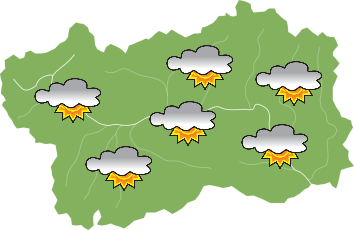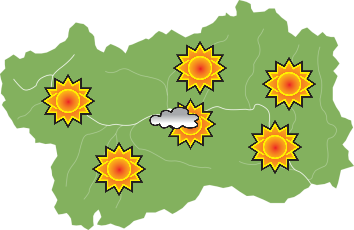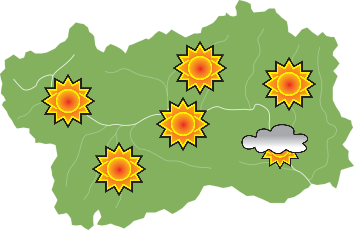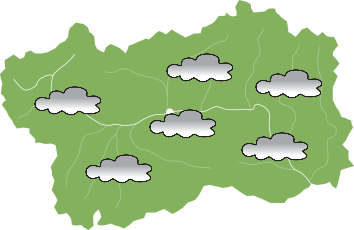The Aosta Valley is a “green” destination not only thanks to its stunning natural heritage, but also because it actively promotes initiatives to minimize the impact of tourism on the environment, such as soft mobility and the predominant use of local products, in line with the philosophy of slow and responsible tourism.
If you are looking for a low-impact holiday, the Aosta Valley offers countless places and experiences.
Slow tourism
The Aosta Valley is also perfect for slow tourism: relaxed rhythms, immersion in nature, and an authentic discovery of the land. Far from the crowds, there are peaceful corners where time seems to stand still: Valgrisenche, Valpelline, Saint-Barthélemy Valley, the lower Lys Valley and Champorcher Valley offer pristine landscapes, charming villages, little-trodden paths, and a warm welcome, ideal for those who wish to experience the mountains in a genuine, unhurried way, in harmony with the environment.
Protected nature
On foot or by bike, the scenery is always stunning: vast stretches of land where human presence is minimal, and nature reigns supreme.
The Gran Paradiso National Park, the Mont Avic Regional Park, nature reserves, Natura 2000 ecological sites, and four Alpine botanical gardens all reflect the region’s commitment to preservation and provide an extraordinary opportunity to experience unspoiled nature.
Chamois and Cogne are part of the Alpine Pearls network , a group of mountain resorts that have adopted soft mobility solutions.
Restorative silence
“Silent zones” are areas away from urban centres and acoustic pollution. Here you can immerse yourself in nature’s quiet—where only the wind, wildlife, and earth itself break the silence. These oases are perfect for slow hiking and moments of deep regeneration.
In the Aosta Valley, officially recognised silent areas include the Lolair Lake Nature Reserve in Arvier and the Sort Valley in Rhêmes-Notre-Dame, ideal for a hike in the Gran Paradiso National Park.
Walking
If you enjoy hiking, explore the region on foot with more than 5,000 kilometres of trails, or through multi-day routes such as the Cammino Balteo, the Via Francigena, the Alte Vie, the Tour du Mont-Blanc and many others.
In winter, you can try low-impact snow activities like snowshoeing, or choose destinations offering cross-country skiing or ski touring routes.
Cycling
To cover longer distances while staying eco-friendly, the region offers routes for both road cycling and mountain biking. Downhill and freeride fans can also find trails in ski resorts that convert their lifts for bike transport in summer.
Charging stations for e-bikes are increasingly common across the region, and you can rent bikes from more than 50 companies in various tourist destinations.
Local flavours
For a conscious holiday rooted in authenticity, choose local products. Visit farms and artisan workshops or stay in in agritourism accommodations for a genuine taste of the region.
Clean energy
Be inspired by impressive structures built to produce clean energy, perfectly integrated into the mountain landscape and culture.
Dams, reservoirs, and hydroelectric power plants represent the strong bond between humans and water.
The “Giri d’energia” (Energy Tours) reveal the secrets behind these impressive constructions, their history, their values, and their respect for the surrounding environment.











-8198%20(1).jpg?v=638575206835059849)

